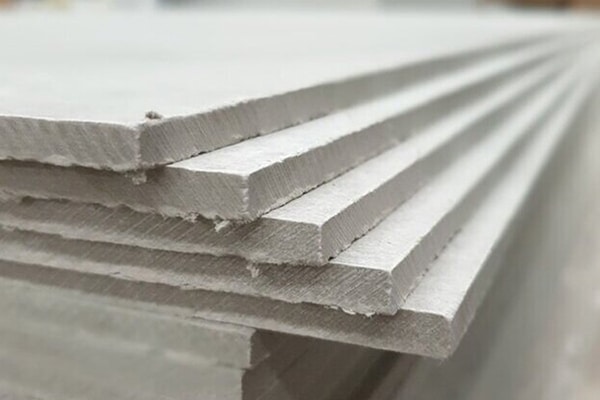Fly ash is a fine powder that is produced as a byproduct of burning coal in power plants. It is composed of small, glassy spheres that are rich in silica, alumina, and calcium oxide, among other compounds. Due to its chemical composition, fly ash has unique properties that make it an ideal material for a wide range of applications.
Benefits of Fly Ash
There are many benefits to using fly ash in various applications. Some of the key advantages of fly ash include:
- Sustainability
Fly ash is a sustainable material that can help reduce the environmental impact of various industries. By using fly ash in construction, for example, you can reduce the amount of cement needed, which in turn reduces carbon emissions and energy consumption. - Durability
Fly ash is a highly durable material that can improve the strength and longevity of concrete and other building materials. It has been shown to reduce the permeability of concrete, making it less susceptible to water damage and other types of wear and tear. - Cost-effectiveness
Using fly ash in construction can be a cost-effective way to achieve the same results as traditional building materials. Fly ash is often less expensive than cement, and it can be used to replace some of the cement in concrete without compromising on strength or durability.
Applications of Fly Ash
There are many applications for fly ash in various industries. Here are some of the most common uses of fly ash:
- Concrete
Fly ash is often used as a partial replacement for cement in concrete. This can improve the strength and durability of the concrete while also reducing the amount of cement needed. Fly ash can also improve the workability of concrete, making it easier to pour and mold. - Bricks and Blocks
Fly ash can be used to make bricks and blocks for construction. These materials are lightweight, durable, and have excellent insulation properties. - Road Construction
Fly ash can be used in road construction to stabilize the soil and improve the durability of the road surface. It can also be used to reduce the amount of asphalt needed, which can reduce costs and environmental impact.
Conclusion
Fly ash is a highly versatile and sustainable material that can be used in a wide range of applications. By using fly ash in construction and other industries, we can reduce our environmental impact, improve the durability of our buildings and infrastructure, and save money in the process. With its unique properties and many benefits, fly ash is an excellent choice for anyone looking to achieve their sustainability goals.
FAQ
Q: Is fly ash safe to use?
A: Yes, fly ash is safe to use. It is classified as a non-hazardous material by the United States Environmental Protection Agency (EPA). In fact, fly ash has been used in construction for over 70 years and has a proven track record of safety and performance.
Q: What are the environmental benefits of using fly ash?
A: Using fly ash in construction can have many environmental benefits. For example, using fly ash in concrete can reduce the amount of cement needed, which in turn reduces carbon emissions and energy consumption. Fly ash can also reduce the need for virgin materials, such as sand and gravel, which can help preserve natural resources.
Q: Can fly ash be used in place of cement?
A: Fly ash can be used as a partial replacement for cement in concrete. This can improve the strength and durability of the concrete while also reducing the amount of cement needed. However, fly ash should not be used as a complete replacement for cement.
Q: What are the benefits of using fly ash in concrete?
A: Using fly ash in concrete can improve its strength, durability, and workability. Fly ash can also reduce the permeability of concrete, making it less susceptible to water damage and other types of wear and tear.
Q: Is fly ash cheaper than cement?
A: Fly ash is often less expensive than cement, which can make it a cost-effective option for construction projects. By using fly ash as a partial replacement for cement in concrete, builders can reduce the overall cost of the project while still maintaining the necessary strength and durability.
Q: Can fly ash and silica fume be used together?
A: Yes, fly ash and silica fume can be used together in concrete to achieve specific performance goals. For example, the combination of fly ash and silica fume can improve the compressive strength, durability, and resistance to chemical attack of the concrete.





